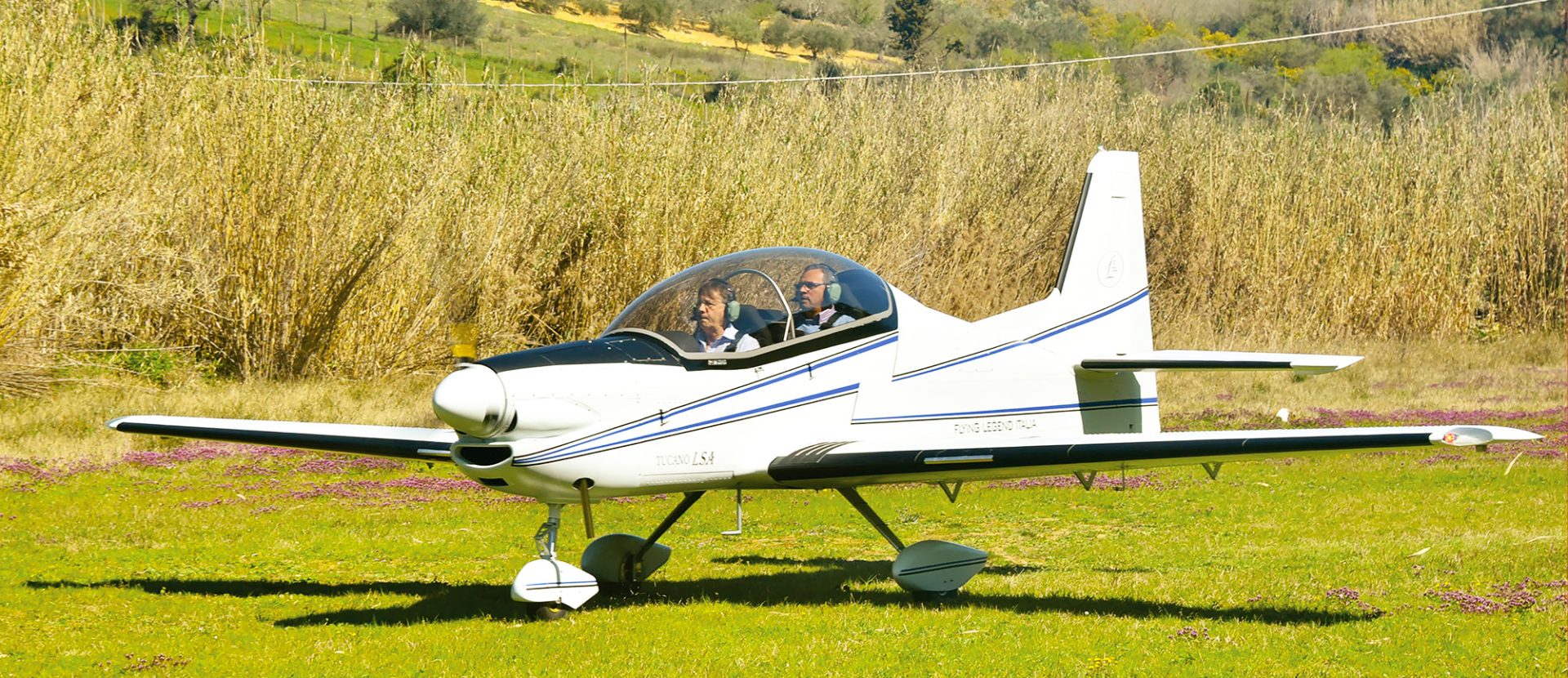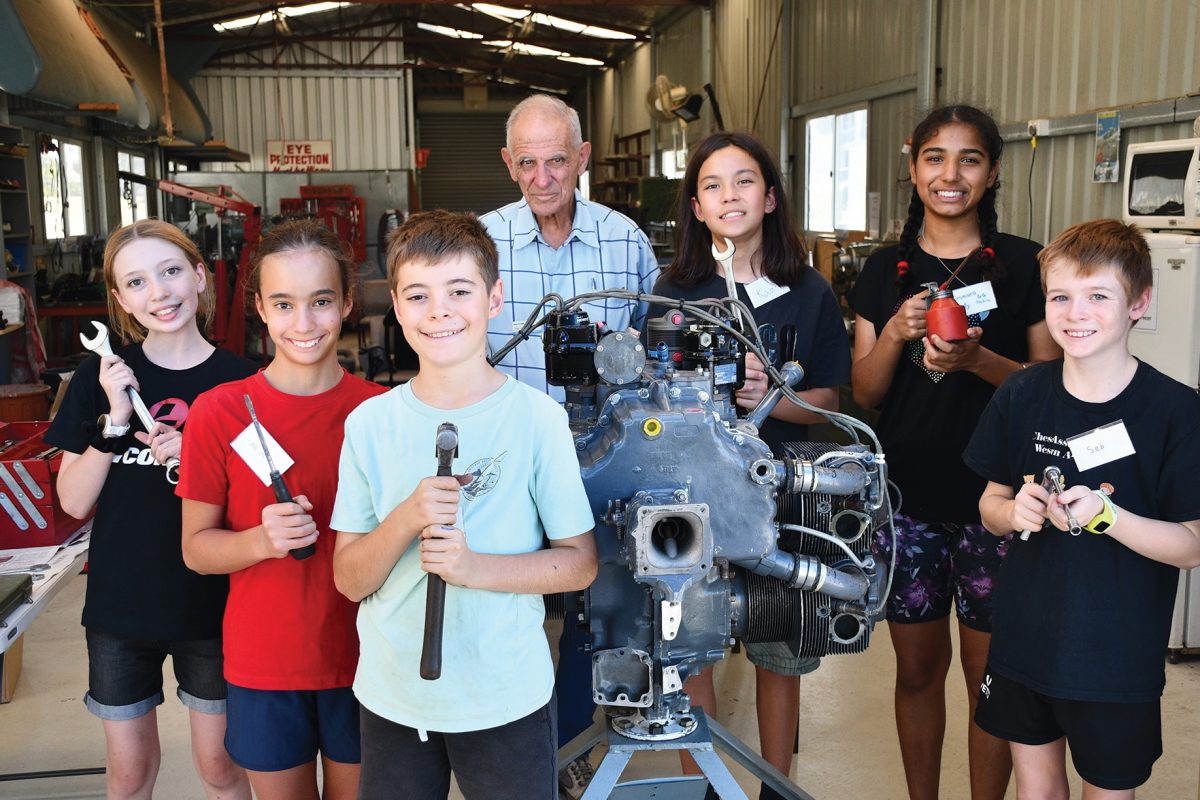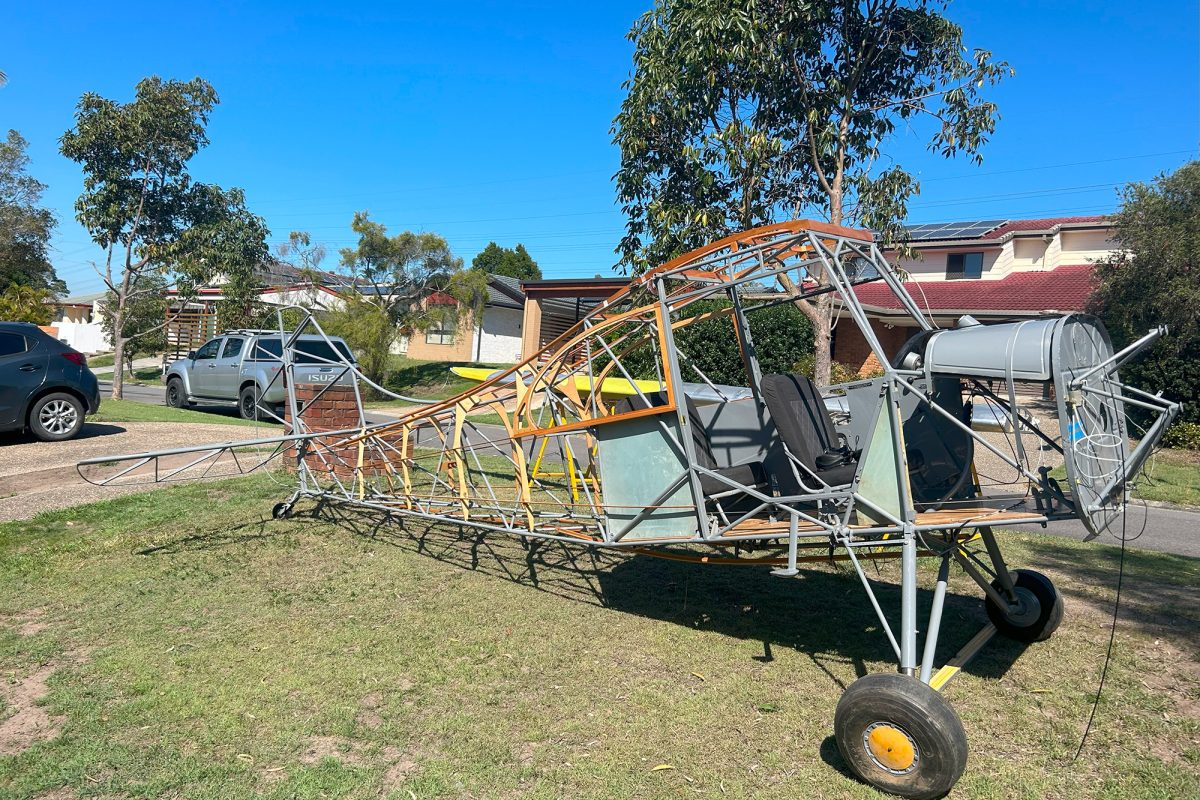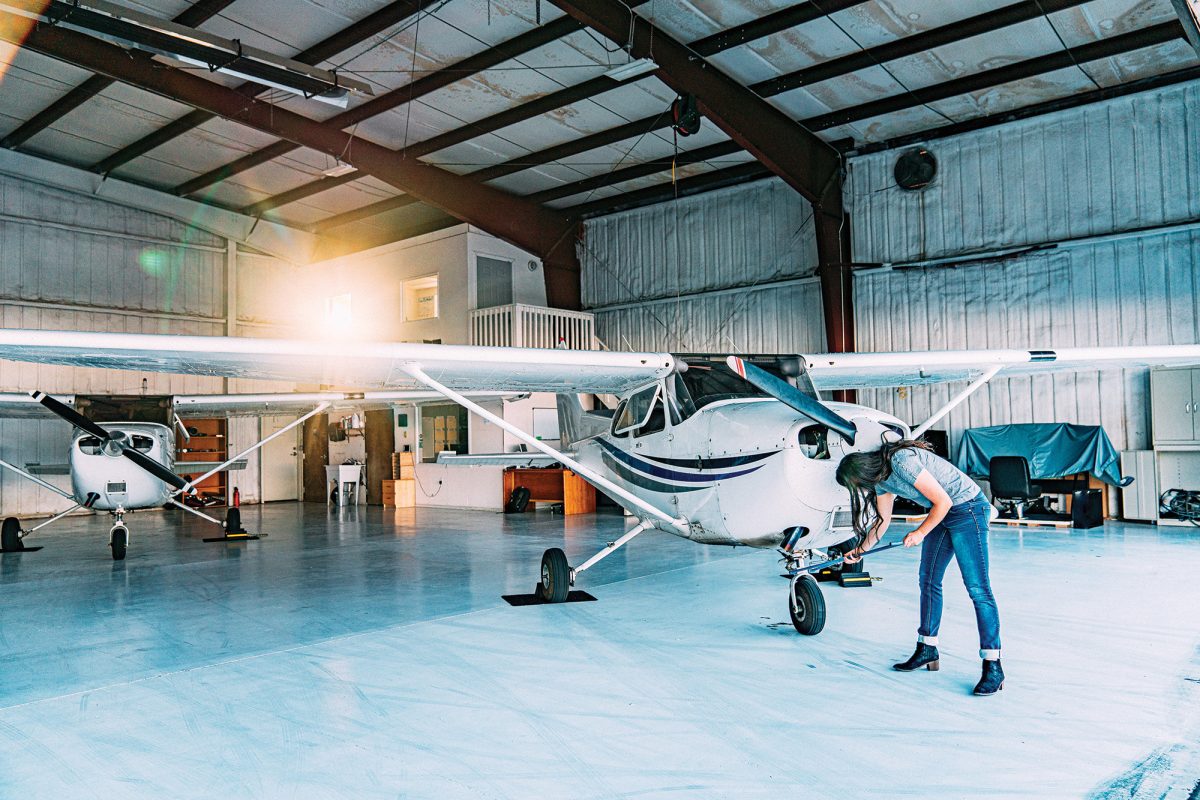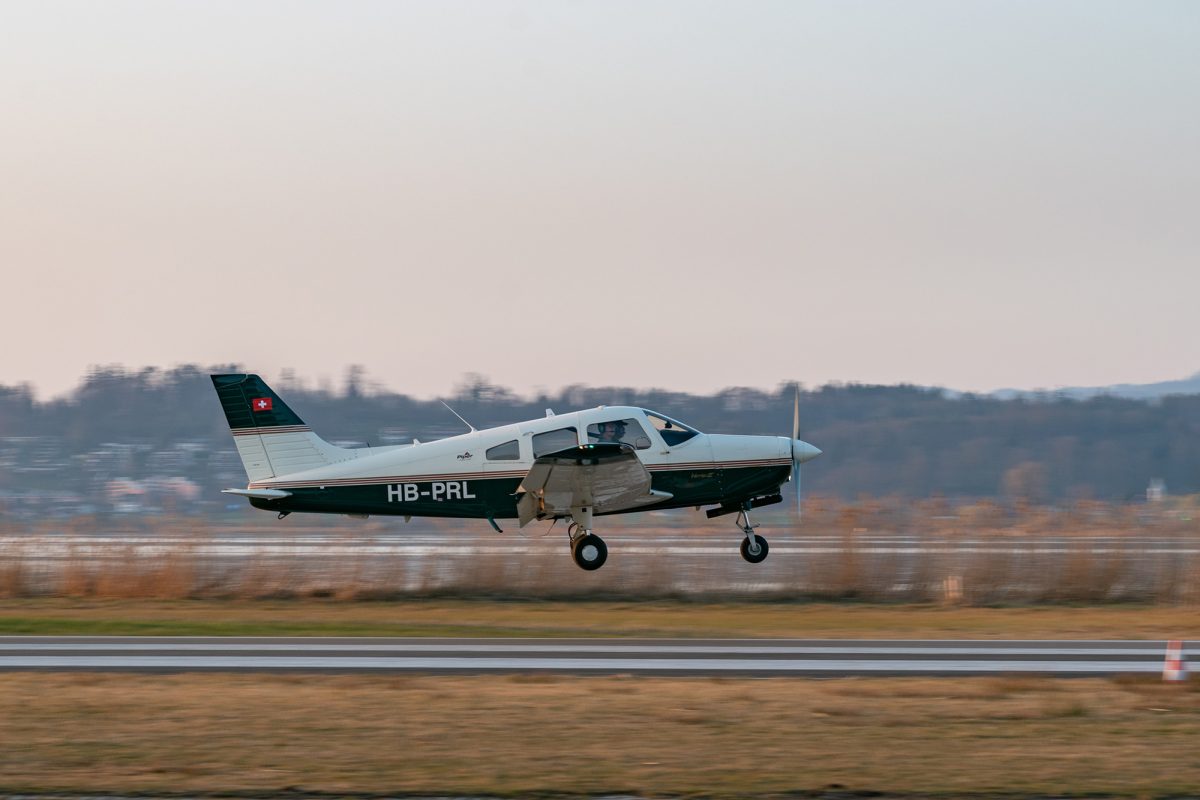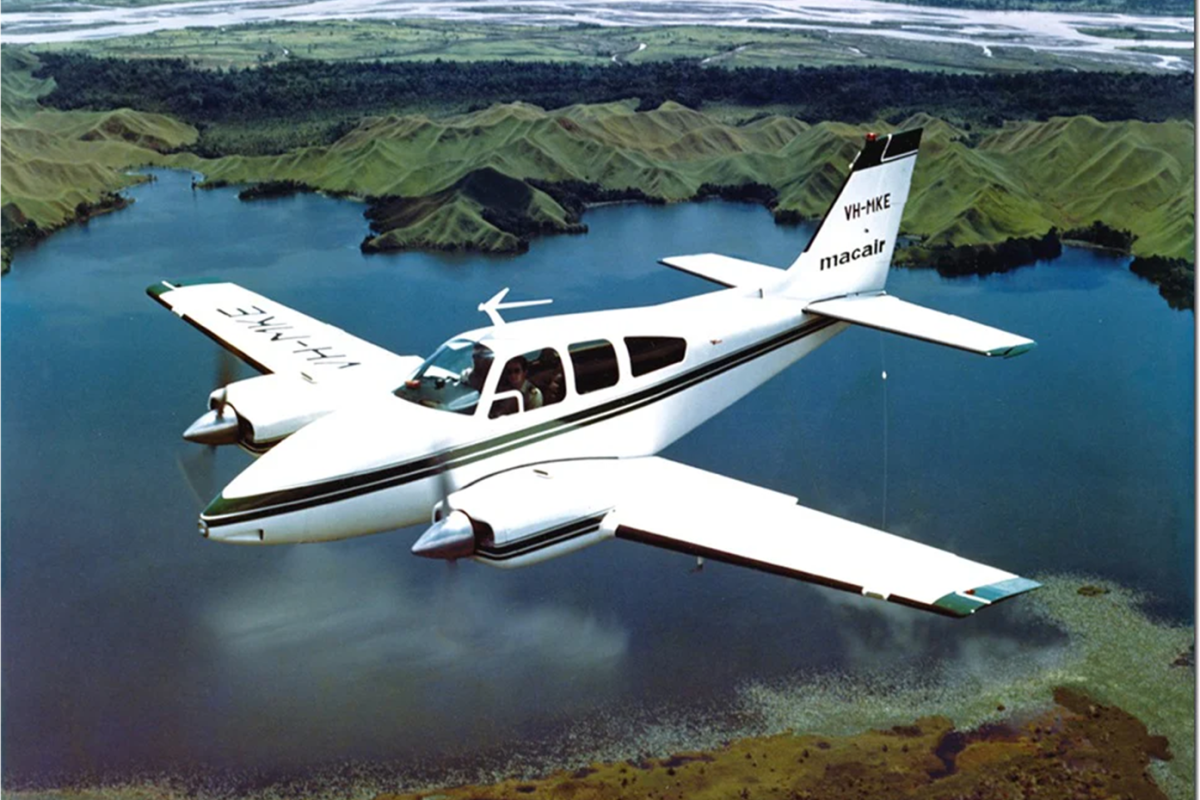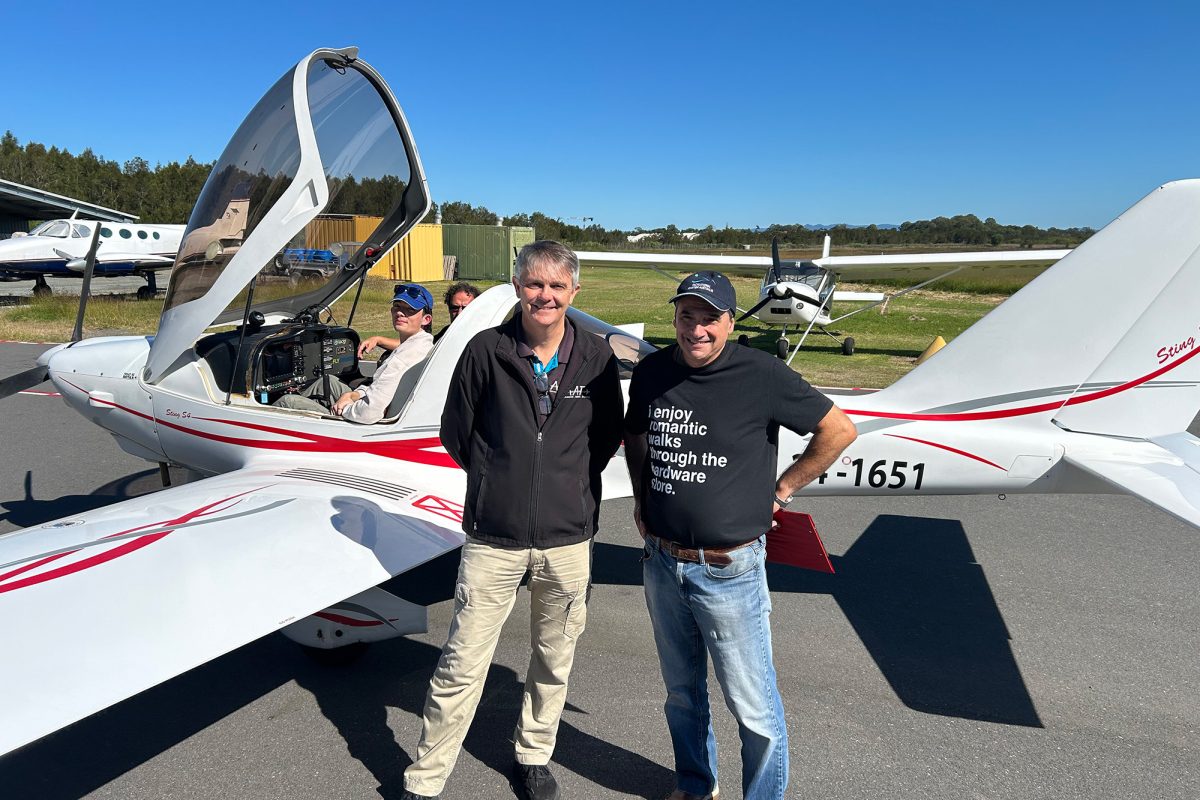THE MILITARY TRAINER GUARANTEED TO TURN HEADS
Sometimes we seek the ordinary in life. It makes for an easy choice, one that can’t go wrong. There are times though, when we crave something a little more extraordinary. Extraordinary like a two-in-tandem military trainer kitplane that can be flown on an RPC.
The Tucano R is a head-turning creation from expert Italian factory, Flying Legend. An aggressive looking low-wing, tandem seat aircraft, the Tucano R is a 70% scale replica of the Embraer EMB 312 Tucano, a Brazilian turboprop military trainer. Thanks to the passion of the team at Flying Legend, the Tucano R has been painstakingly engineered to both look and handle as close to its bigger brother as possible. It’s a fascinating aircraft, one that practically begs to be looked at deeper, from its origins to today.
Developed in 1979 and first flown in 1980, the Embraer EMB 312 Tucano became a popular trainer throughout the 1980s and 90s, serving in 16 air forces across five continents. A revolution in military trainers, the Embraer Tucano was the first of its kind developed from its inception with military jet capability in mind. It was also the first to feature a raised rear seat and a fully-frameless bubble canopy to ensure the unobstructed visibility of both pilots, features that have since become standard in training aircraft. It’s a practical, popular and reliable aircraft, one that Flying Legend knew would make for a perfect replica kit-build.
“The thing that got me was the presence on the runway” Gary Spencer-Salt tells me. He’s the representative for Flying Legend in Australia, and has just about finished building his very own Tucano. “It has the presence of a military aircraft” he tells me, and that’s no word of a lie. From the tandem cockpit to the turboprop-like exhaust pipes, the Tucano R screams ‘fighter’. It’s almost as if this machine was purpose-built to turn heads at any aerodrome it visits.
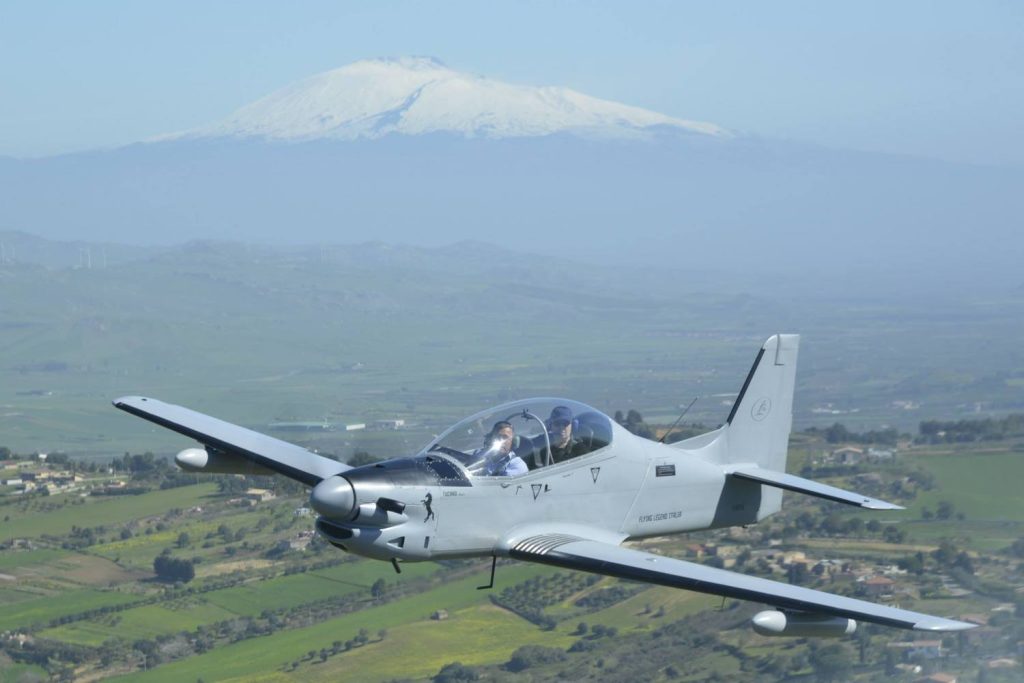
The word ‘sleek’ gets tossed around a lot when discussing aircraft, but with its all-aluminium construction, long nose, tapered wing and thin fuselage, I’m yet to come across an RAAus plane more fitting of the word. Despite this, the Tucano R’s LSA version is noticeably large for its category, boasting a 7.1m (23.29ft) length and 8.41m (27.59ft) wingspan. It’s imposing, both on the runway and in the air, constantly commanding attention.
If it looks like a military plane on the outside, just wait till you’re in the cockpit. The two-in-tandem seating arrangement is something to behold, giving you full and unobstructed visibility out both sides of the aircraft. Even in the back seat, the raised position gives full visibility out of the side-opening bubble canopy. The Tucano R is fully controllable from either seat, ensuring the co-pilot is always able to take control if required.
Being a kit-build, the Tucano R’s dash is left completely up to the determination of the builder, with both traditional and all-glass versions having taken to the skies already.
At this point, I can tell you’re thinking “Well, it talks the talk, but does it walk the walk?”. While the Tucano R certainly does steal the show on the ground, it’s in the air that it truly shines. As I mentioned earlier, Flying Legend have done everything they can possibly do to not only make the Tucano R look the part, but to make it feel the part too.
“I was surprised with the performance of the aircraft” Gary told me of the first time he flew the Tucano R at Flying Legend’s HQ in Sicily. With flight characteristics more akin to a Piper Cherokee than anything in the RA category, Gary ensured me “It flies like a big aeroplane; it doesn’t bounce around in the sky.”
“If you want an airspeed, you pick it and that’s where it stays” Gary told me of the Tucano R’s precise control. “It doesn’t want to wander around at any time”. In testing its stall capabilities too, Gary was amazed at how reluctant it was to drop a wing. “These are the characteristics of a big plane” he said. Flying Legend have even had military pilots out to fly their replica, with reports it flies like the real thing, minus the raw power.
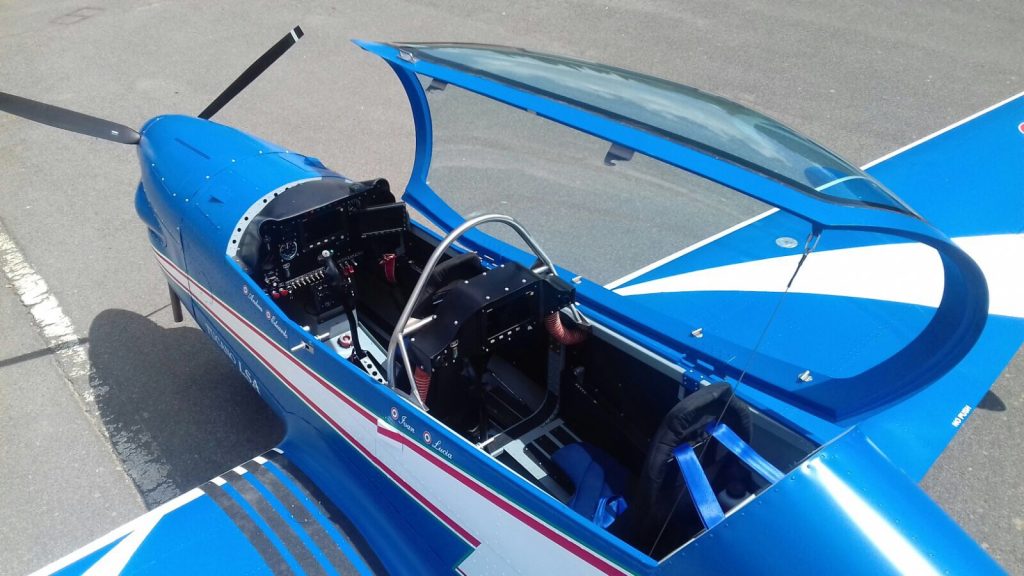
Fitted with either a Rotax 912, 914 or 915iS, the Tucano R LSA’s performance numbers vary. Boasting a cruise speed upwards of 120 KTAS however, it’s obvious that in any configuration this plane is fast. It’s also incredibly strong, as a load factor of +6/-3G proves. A 120L fuel capacity and a range upwards of 610nm (1,130km) makes the Tucano R LSA a surprisingly competent touring plane too, once you get used to the front-and-back seating arrangement. If you’re looking for luggage compartments, there’s space behind the rear seat and a separate compartment in the fuselage for a combined capacity of 45kg. Oh, and don’t forget those pods on the wings too.
Available in kit-form only, Flying Legend offers a build that can accommodate all levels of experience. The full-build kit is split into multiple smaller kits, including the fuselage, wing, empennage, flight control, aluminium tank and canopy kits. It’s predicted to require approximately 1,200 hours to complete.
In addition to this, the Tucano R LSA has a sister aircraft, the Tucano R Experimental. Built to the same level of precision, the Tucano R Experimental features a retractable undercarriage to add to that military fighter look. It’s an extremely attractive plane and one that’s lightning fast, clocking cruise speeds of up to 160 KTAS with the Rotax 915is and a 4-blade DUC prop. Unfortunately, the Tucano R Experimental weighs in at 750kg MTOW, making it unavailable to RAAus pilots, for now…
For an aircraft with the unique looks and superior performance of a Tucano R, there is no doubt a price tag attached. With all said and done, a kit-build will cost you upwards of $140,000 plus GST, not including an engine. It’s a considerable amount for sure, but as Gary pointed out to me “It’s no dearer than building an RV8, but burns half the fuel”.
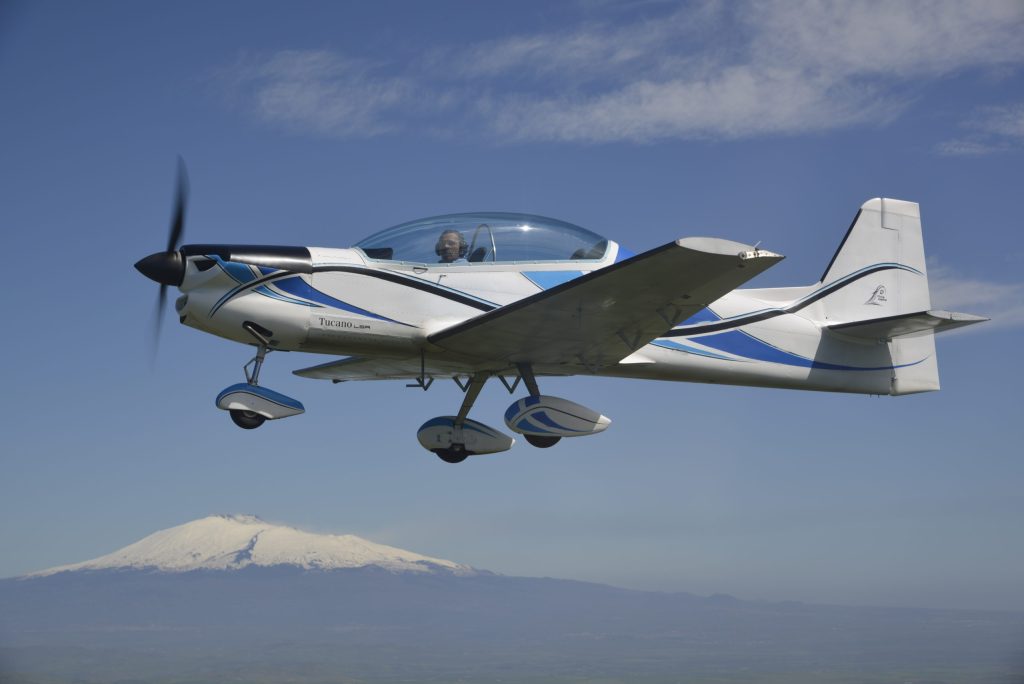
Gary’s own build has nearly reached completion, and features a supercharged Rotax 912 – a factory upgrade kit – for a bit of extra kick. It’s also a cheaper engine fit-out. While the 915is is compatible with the Tucano R LSA, he’s confident his supercharged engine has the advantage in RAAus airspace. “We believe the total engine package weight will come in under 75kg, that’s about 20kg lighter than a 915is and about 5% of weight saved in the aircraft”. With this level of weight saving, Gary’s confident he’s made the right decision. Meticulously working away at his passion project, Gary’s Tucano R is set to be complete in a matter of months. The Tucano R truly is an extraordinary plane. It’s one that attempts to bridge the gap between scaled-down replicas built purely for the fun of owning one, and original-designed aircraft purpose-built for the category. With a look that will catch a jealous eye from fellow pilots and the performance specs to back it up, I’d say the team at Flying Legend have more than comfortably met that goal. Anyone looking for a new build, whether you’re a first-timer or a veteran, should be taking a really close look at this plane.
